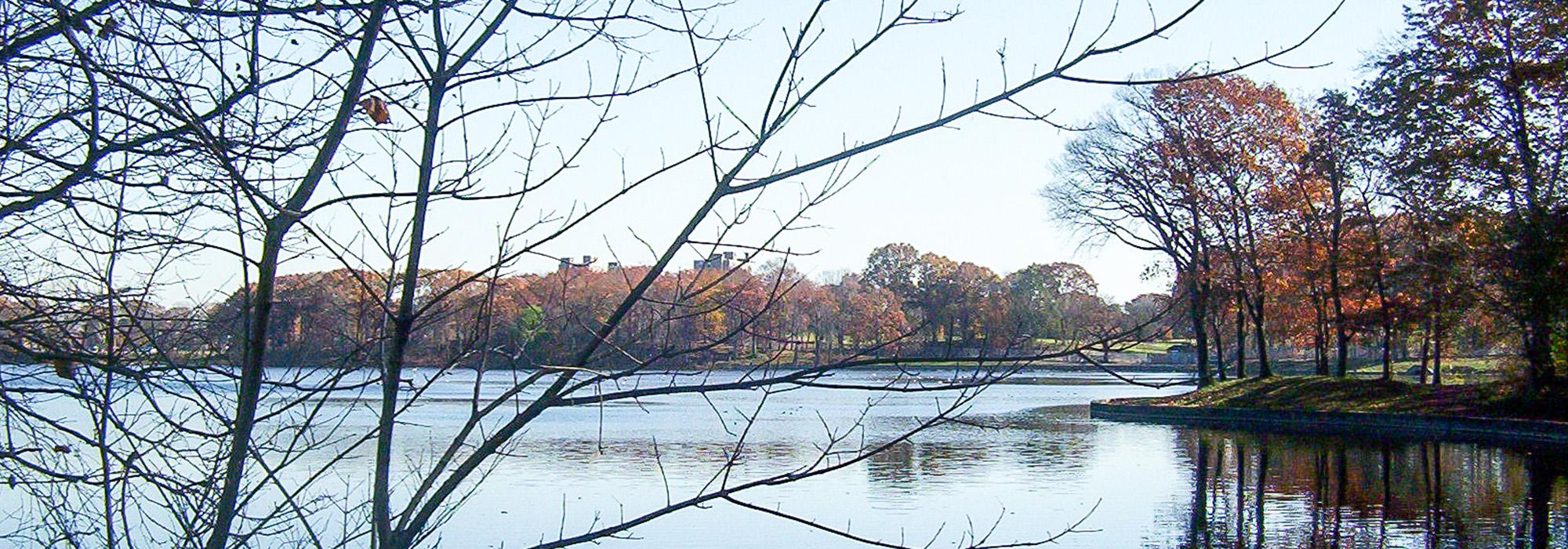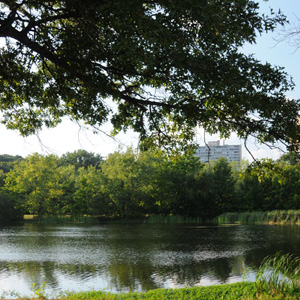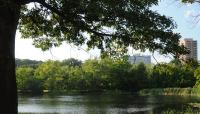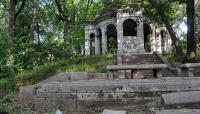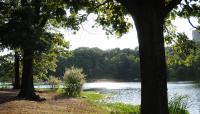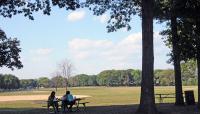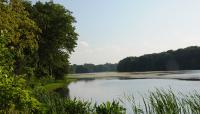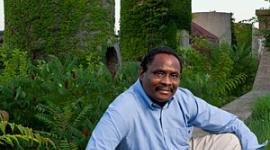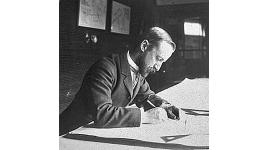Landscape Information
In 1895 Commissioner Murphy of the newly formed Essex County Park Commission proposed the development of a park in Southern Newark as part of the country’s first county park system. By 1899 the commission had purchased 265 acres in 12 parcels, and soon thereafter acquired the Waverly Fairgrounds horse trotting track. John Charles Olmsted of Olmsted Brothers was hired to create the park plan, which was completed in 1901. Olmsted’s vision transformed mosquito-ridden Weequahic Lake and its environs into a naturalistic landscape with broad lawns, forested groves and an 80-acre lake, the largest in Essex County. In 1904 a nine-hole golf course opened in the park, designed by George Low, Sr. It is one of the oldest operating public golf courses in the country, and was expanded to 18 holes in 1969. In 1916, architecture firm Carrére & Hastings designed the Divident Hill Pavilion located on the park’s highest point to mark Newark’s 250th anniversary. The Elizabeth Avenue Children’s Building and Franklin Murphy Monument sculpted by J. Massey Rhind were constructed that same year. Today, bisected by train tracks and a busy highway, the 311-acre park also includes athletic fields and courts, a jogging track, a rose garden, and playgrounds. Weequahic Park was added to the National Register of Historic Places in 2003.



